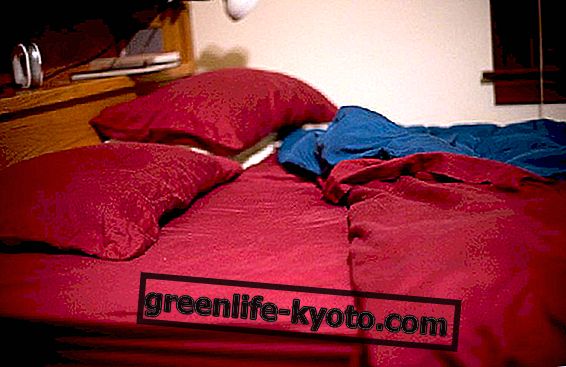
Reflexology and reflexologist
Reflexology arises from the need to stimulate the immune system in the practice of self-care, basing its bases on millennial principles known and universally recognized by different medical cultures. According to facial reflexology, in addition to the nervous system and the meridian system, the human body is crossed by a reflexology path according to which each stimulus is followed by an organic response. Every part of the body reflects the whole body and for each organ there is a reflex point in a specific area of the skin.
A reflexologist can be outlined, at least in the first instance, as a masseur : massage is a matter of touch, of experience but also of trust. Therefore the knowledge of the reflex points, the acquisition of the "touch" and personal sensitivity becomes fundamental. The trust and the relationship that the reflexologist establishes with the patient is also necessary: if the subject in care hates skepticism or has already convinced himself that the reflexology treatment cannot work, he might as well not even try. This is because the body of the subject in this case will close like a hedgehog, greatly limiting the effectiveness of the treatment.
So what does the reflexologist's work consist of? Technically, the facial reflexologist, by massaging the reflex areas of the face, is able to treat various disorders of organs and parts of the body. Technically, facial reflexology differs from acupuncture in that it does not use needles. The facial reflexologist uses ad hoc instruments such as sticks with rounded tips or, for less strong pressures, the facial reflexologist uses the simple touch of the fingers .
The size of the reflexologist
The reflexologist knows for sure that he will have to play a consultant role in the field of well-being and educator to lifestyles, eating habits, relationships with the environment and people, aimed at safeguarding the state of well-being and enhancing vital resources. Its activity is mainly based on the concept of prevention, on the enhancement of psycho-physical balance and on the stimulation of the individual's vital resources through natural methods and elements whose effectiveness has been verified in the cultural contexts of origin and their evolution in the various socio-cultural contexts.
Being a reflexologist means basing one's professional activity on the interpersonal relationship and on the application of energetic, holistic, natural and bodily techniques. If his training is multidisciplinary, the facial reflexologist will be able to choose the most suitable discipline for the person who presents himself.
The reflexologist and the law
In Italy, there is no national legislative framework for facial reflexology. The activity of reflexologist can still be exercised, provided that the operator, once he has become a facial reflexologist, adheres to the principles of the AIMO deontological code, which establish that the reflexology operator does not make diagnoses or prescribe drugs or care.
You can become a facial reflexologist by attending and completing the various facial reflexology courses in the area, in which you learn Dien Chan, the Vietnamese technique of facial reflexology, and various notions of traditional Chinese medicine and acupuncture. The basic courses usually have a short duration, a few days at most. At the end a certificate is issued. The most important body for facial reflexologist training is the SIRFA, which also holds a register of facial reflexologists.













